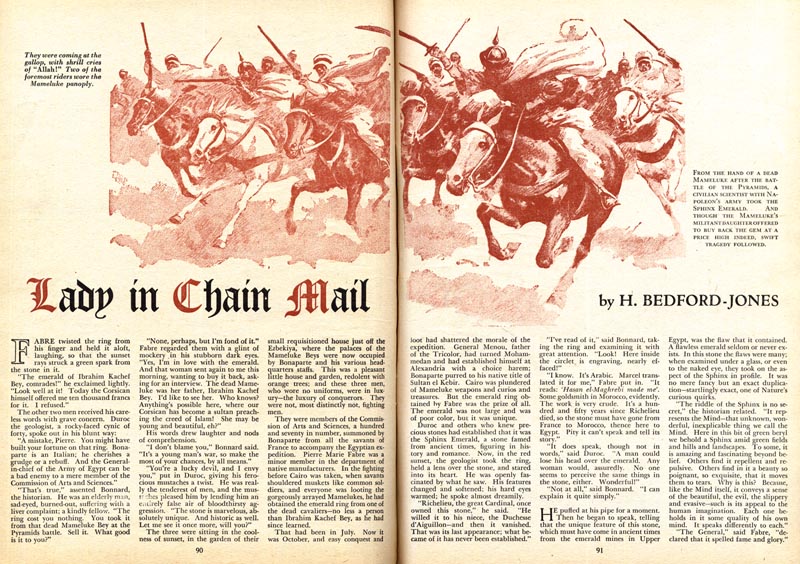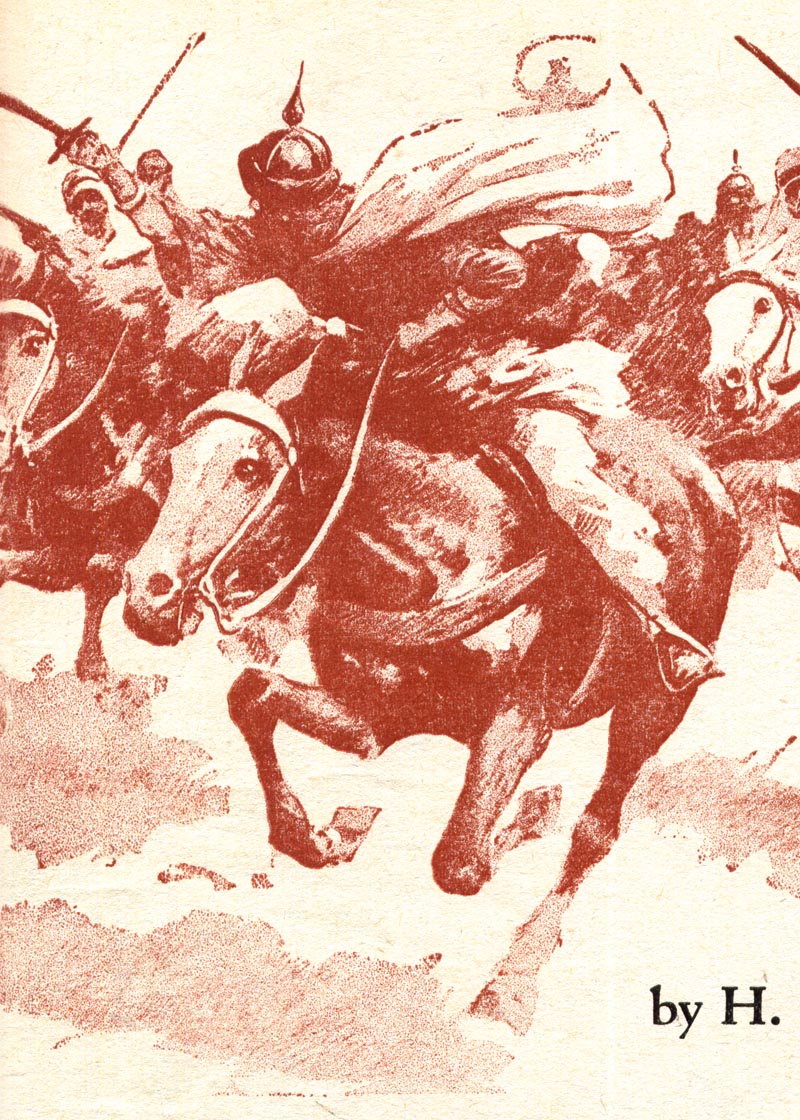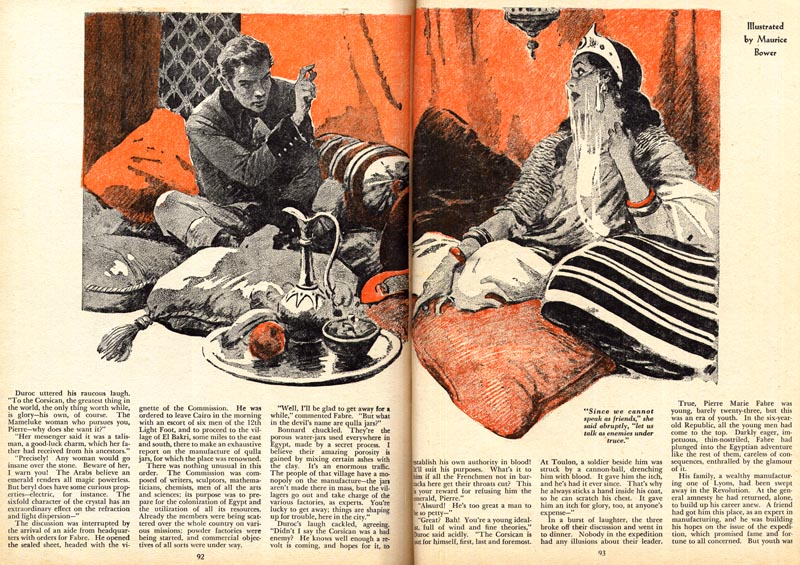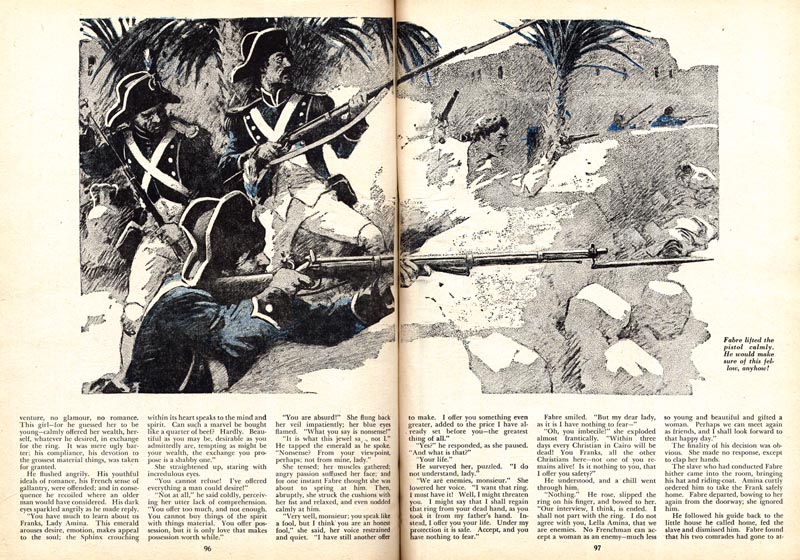
When doing full colour illustrations Bower worked in oils. He did several covers for The Saturday Evening Post during the 1930's.

But these examples from 1947 are probably done in charcoal with chalk highlights, a method Bower preferred when doing black and white artwork.

Walt Reed's book, The Illustrator in America, tells us that as a young man Bower had very much wanted to live in Paris. In 1924 the McCall Corporation gave him his chance, and for the next five years he worked from that city in the spring and summer, returning home to Philadelphia each autumn and staying through the winter.

This amazing lifestyle ended when the stock market crashed in 1929.

Bower drew and painted for most of the major magazines during the 30's - but I have not come across any examples of his work in those magazines during the 40's. As mentioned on Monday, I suspect that, once again, he was one of those artists whose style was starting to look a little dated. He seems to have found refuge in the pages of Blue Book, ably producing illustrations for period fiction like this.

I wonder what other clients Bower managed to find? Book publishers, perhaps, or maybe he did gallery painting...

But I keep thinking that for an artist of Bower's ability, it must have been quite a fall from the cover of the Saturday Evening Post to the rough newsprint pages of Blue Book.
* My Maurice Bower Flickr set.
The DPS looks like Tony Curtis opposite Hedy Lamar.Actually these illustrations are so well worked out they could double as prelims for an oil rendering.Tonal values composition its all there.Its sad these artists were left behind for new styles but otherwise there'd be no Parker,Whitcomb,Fuchs or Peak.
ReplyDelete